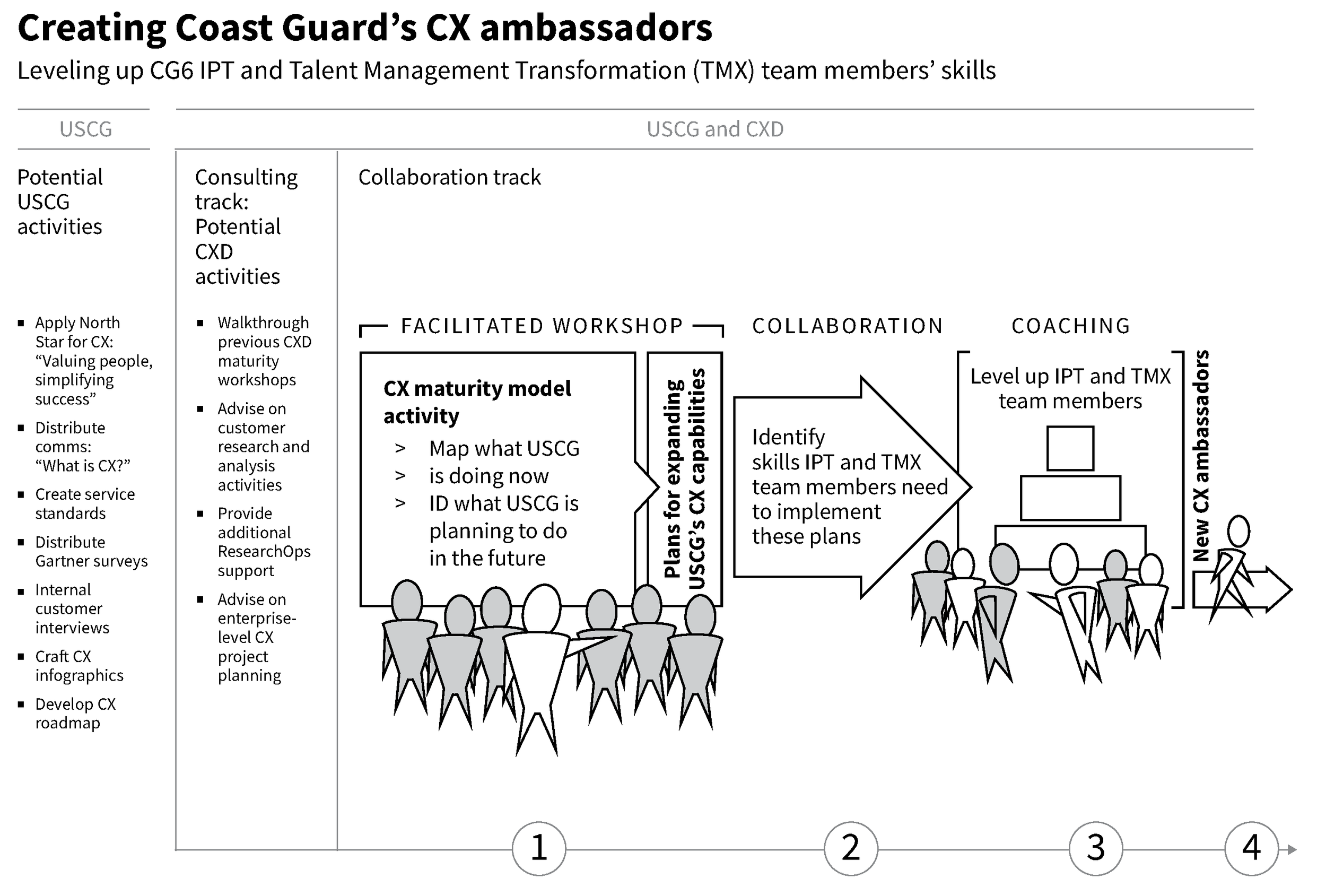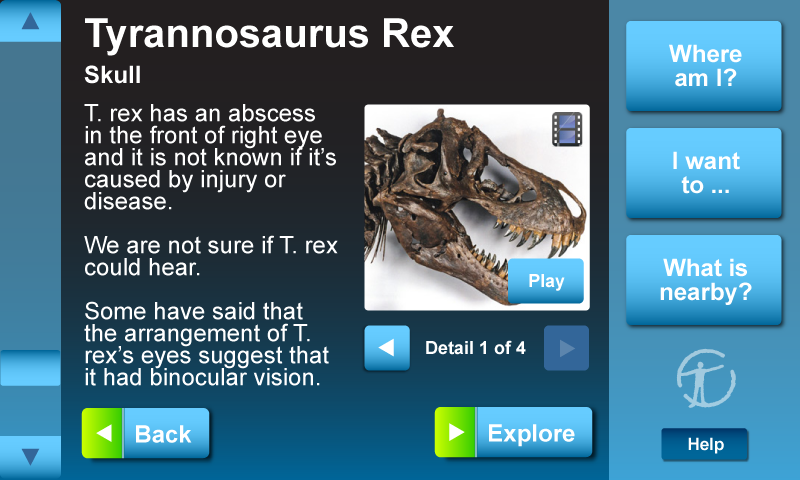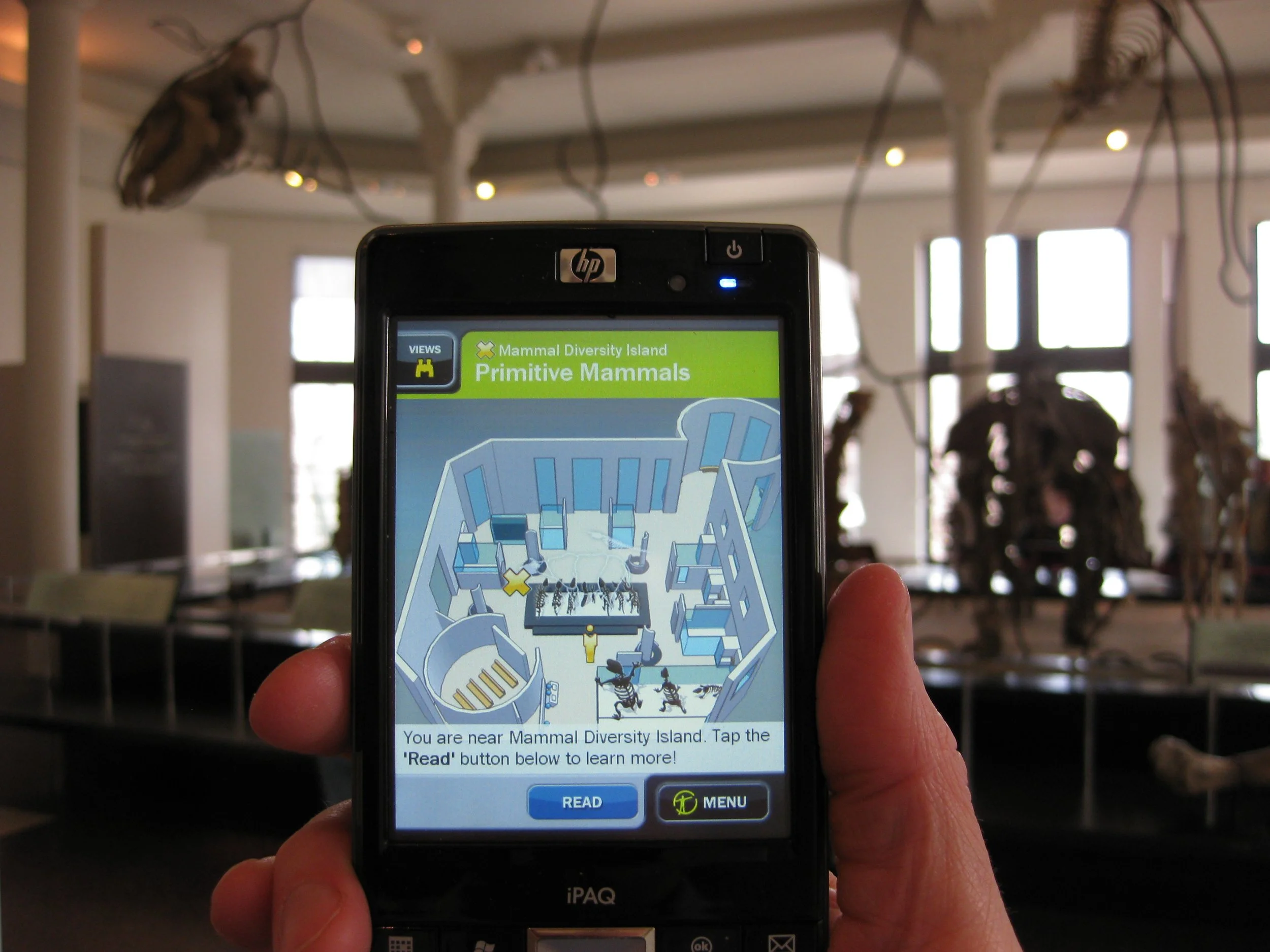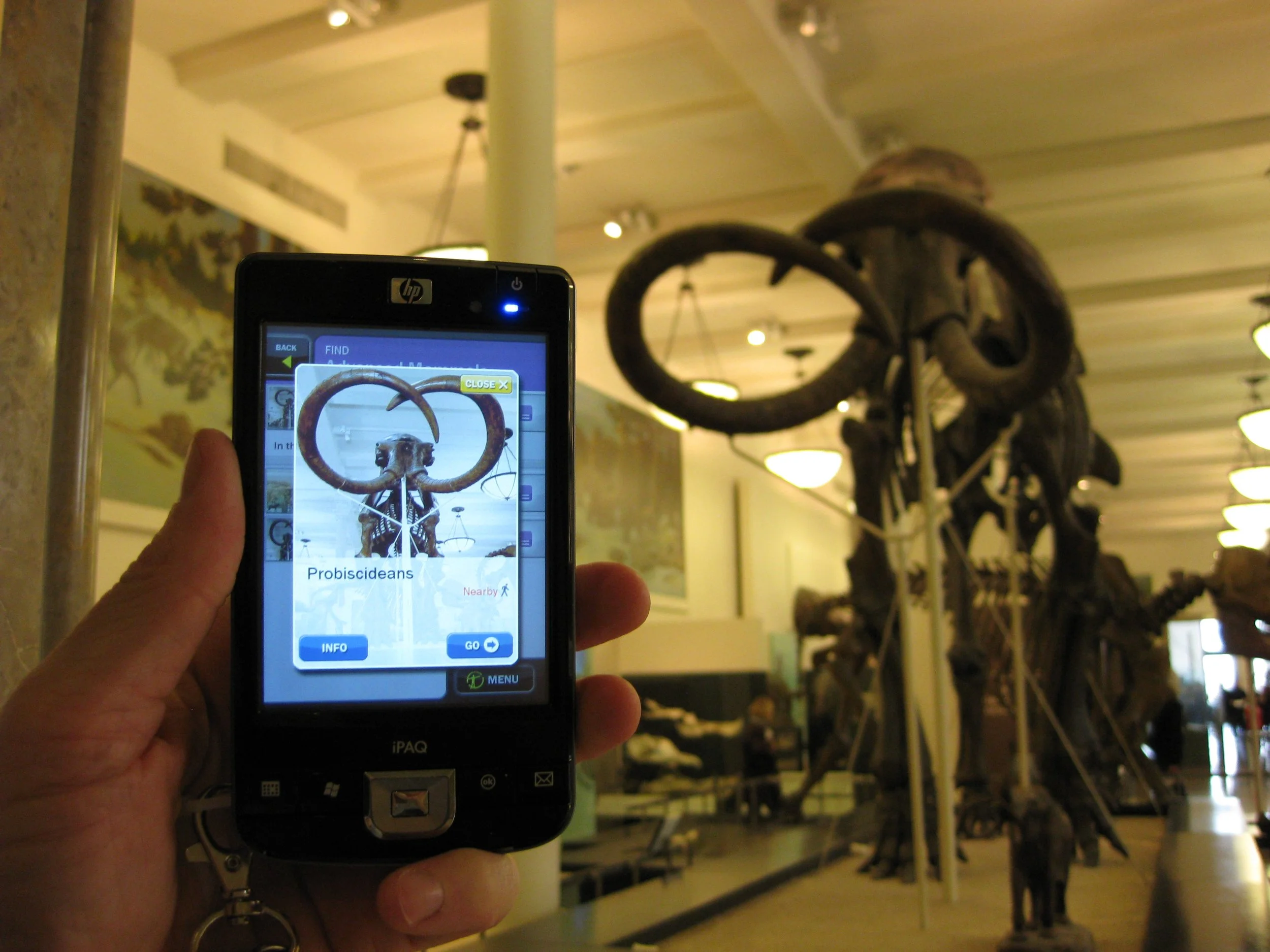Case studies
Operationalizing CX for the U.S. Coast Guard
Co-designing solutions with the U.S. Coast Guard to improve the experiences of their internal customers.
A CASE STUDY
My roles
Consultant
The CX executive order (Executive Order 14058 Transforming Federal Customer Experience and Service Delivery to Rebuild Trust in Government) has had a powerful effect on federal agencies since it was signed in 2021. Each DHS component has followed their own path to compliance and as a result, DHS headquarters’ role in their maturity has been varied.
When an integrated product team the U.S. Coast Guard set up to improve customer experiences struggled, the team’s leadership asked the Customer Experience Directorate for help.
Solution: Expand the human-centered design capabilities of team members with hands-on human-centered design work
Few on the Coast Guard’s team of “CX ambassadors” had been exposed to customer experience work and they came from widely different backgrounds. The Coast Guard’s original ask was for simple training to introduce a common vocabulary, but I convinced them that a more aggressive approach was necessary.
The high-level project plan
I facilitated a series of discussions where we developed a three-part process with my team of CX professionals to help the Coast Guard team expand its capabilities:
In a facilitated workshop, collaborate with the Coast Guard team to map the organization’s capabilities, teaching them how to apply DHS’s CX maturity model. Expand their existing plans for expanding CX capabilities based on the new information.
Identify the gap between what the team needs to accomplish and their individual ability to accomplish it. Co-design a curriculum to fill that gap.
Level up each team members’ skills.
Impact
Rather than taking a top-down, system-centric approach to this challenge, we looked at it from the perspective of the new CX ambassadors. In other words, we used human-centered design activities to address the expansion of each team member’s human-centered design skills. The approach gave the team’s leadership a new way of looking at their challenges.
When circumstances shifted radically during the first 100 days of the new administration, the Coast Guard had to adjust both its strategies and tactics for improving customer experiences. We weren’t able to implement the original plan, but it served as a foundation for the plans that followed.
Maturing CX Capabilities at the Department of Labor
The Department of Labor’s workers compensation programs were very customer-oriented, but lacked the tools for collecting or analyzing their customers’ needs.
A CASE STUDY
My roles
Business development
Consultant
Researcher
Workstream lead
The Department of Labor asked Centers of Excellence (CoE) to help the Office of Workers' Compensation Programs (OWCP) improve the experiences of their many customers. I designed an engagement with three OWCP programs:
The Federal Employees’ Compensation Act (FECA) program serves injured or ill federal employees. Beneficiaries of the program are Federal Bureau of Investigation agents, postal workers, office workers, emergency responders, forest rangers, air traffic controllers, firefighters, Capitol police officers, and many others.
The Black Lung program supports coal miners, construction workers, and transportation workers who are regularly exposed to respirable coal mine dust and who have black lung disease.
The Energy program serves current and former nuclear weapons workers who have been exposed to radiation or other toxic substances.
I led the team that interviewed program staff and leaders to better understand the programs’ services and talked to the customers who rely on program services. The team evaluated programs based on the CoE CX Maturity Model. (I designed the model to define capabilities based on core CX functions.)
The three programs have made progress in measurement capabilities, tracking customer satisfaction and collecting performance-based metrics for timeliness, but overall, they lack human-centered design and customer experience expertise. Collecting, analyzing and widely distributing customer-related data is also an area of potential growth.
Outcome
We collaborated with staff and leadership to develop strategies and tactics for getting each of the programs to the next level in the CX Maturity Model. Four primary strategies emerged:
Share CX expertise across OWCP programs
Share tools across OWCP programs
Search engine optimization
Help the programs with their own strategies and tactics
Reimagining Workforce Services for the Department of Labor
The Department of Labor brought CoE in to research the Employment and Training Administration and make recommendations for improving their service delivery.
A CASE STUDY
My roles
Consultant
Usability expert
Workstream lead
COVID-19 killed more than a half million people in the U.S. by early 2021. Over 29 million had tested positive and the global pandemic triggered an economic recession. In response, the U.S. Congress passed the American Rescue Plan, a $1.9 trillion economic stimulus bill to speed up the country's recovery.
The Department of Labor (DOL) is responsible for the well being of U.S. wage earners and job seekers. The agency’s chief innovation officer wanted the Employment and Training Administration (ETA) to improve service delivery to the nation’s workforce. He reached out to GSA’s Technology Transformation Services (TTS) for help.
Solution: Research ETA customer needs and recommend foundational strategies and tactics.
I led the team that researched one of ETA’s longest standing digital tools, the CareerOneStop website. We collaborated with ETA leadership to transform findings into initiatives for improving the experiences of CareerOneStop customers and transforming how ETA provides its services.
My team’s activities included:
Heuristic evaluation
Usability testing
Web traffic analysis
Customer interviews
American Job Center visits
Outcome
Our primary recommendations:
Create key performance indicators (KPIs) that track the experiences of customers
Establish a customer research practice
Adopt a product development approach
Build continuous improvement capabilities instead of launching a redesign
Modernizing procurement
OPM needed an innovative approach for contracting development projects and they needed it in a hurry.
A CASE STUDY
My roles
Consultant
Workstream lead
2.5 million federal retirees and survivors depend on Office of Personnel Management’s Retirement Services to administer their benefits. Legal Administrative Specialists (LAS) adjudicated cases using the
FACES desktop app to determine benefits. For most cases, an LAS hand-entered information about the retiring federal employee based on paper records organized in a physical case file. The adjudication system depended on the LAS’s expert knowledge of retirement regulations and policies.
Both the FACES app and the “engine” that calculated benefits relied on technology that was no longer supported by manufacturers.
Solution: Jump-start OPM’s ability to contract and run modern design and development projects
I collaborated with stakeholders at all levels of OPM’s OCIO and Retirement Services division to craft two multi-million dollar procurements. I led both acquisitions, writing work statements, leading the proposal evaluation process and selecting vendors. I introduced a human-centered approach for both the creation of a calculation service and the replacement of the tool used to adjudicate the benefits for all retired federal employees. I managed the project teams and their managers and communicated with OPM stakeholders throughout the projects.
Outcome
We followed an approach for replacing LAS’s adjudication tools that was more centered on user needs than just about any federal development project I’ve ever been involved in.
Expanding Consular Affairs’ CX capabilities
Training alone wasn’t going to be enough to help the U.S. Coast Guard expand its own CX capabilities.
A CASE STUDY
My roles
Business development
Workstream lead
Consular Affairs (CA) is the public face of the Department of State. It is a massive organization and as a result, initiatives to improve customer experiences tend to be unevenly distributed across the bureau. When they wanted to invest in improving the experiences of their customers, they came to the Centers of Excellence (CoE) for strategy and leadership.
I designed CoE’s largest customer experience project. We conducted foundational human-centered design activities across five workstreams:
CA/CX culture and policy
Overseas Citizens Services (OCS)
Passport Services
Travel.state.gov
Visa Services
I led the Passport Service workstream where our challenge was to create a foundation for human-centered design (HCD) while training and supporting their staff.
Solution: Conduct foundational customer research while bringing Passport Services staff and leadership along for the ride.
I managed a team of contractors. After conducting and analyzing a dozen stakeholder interviews to better understand the current state, I supervised user researchers in the creation of a foundational analysis of the needs of passport customers. The team researched two types of internal customers, call center staff and the people who adjudicate passport applications. That research informed a journey mapping workshop that I designed and facilitated with participants from across Passport Services.
A separate modernization effort emerged outside of our activities, which forced us to pivot to support the new work. I joined the modernization leadership team. We extended the initial customer research to develop service blueprints. I helped design and run a cross-departmental workshop, leveraging the service blueprints. We folded participant recommendations into modernization initiatives.
Impact
Passport Services leads all other Consular Affairs directorates in the breadth and depth of their HCD efforts. With our help, Passport Services staff and leadership developed and delivered their initial program of modernization initiatives.
Introducing Human-Centered Service Development
What started as a challenging customer experience engagement quickly expanded into an ambitious and innovative product development solution.
A CASE STUDY
My roles
Engagement lead
Product development lead
Workstream lead
The Treasury Department’s Alcohol and Tobacco Tax and Trade Bureau (TTB) collects taxes on alcohol, tobacco, firearms and ammunition. For more than two decades, TTB’s Office of the Chief Information Officer developed services with limited involvement from the rest of the bureau. The organization became less and less able to identify or address its customers’ needs as a result. An opportunity to rethink service development came with the retirement of the long-time CIO, but early efforts faltered.
Hoping to bolster their nascent service development efforts, TTB asked CoE’s help to expand their customer experience capabilities and create an environment where innovation would be more easily adopted.
Solution: Introduce service development that focused on satisfying customer needs
After interviewing a long list of TTB stakeholders, I came to believe that TTB’s resistance to innovation and lack of connection to customer needs were symptoms that could best be addressed with a new approach to developing services. I recommended a shift in the project’s scope to focus on their faltering service development efforts.
I supervised a team of contractors who conducted customer research, created customer archetypes and developed prototypes.
I supervised a team of contractors who conducted customer research, created customer archetypes and developed prototypes.
I assessed the maturity of TTB’s customer experience capabilities. I designed and facilitated an online workshop where staff and leaders from across the bureau created research-based journey maps
Impact
TTB started rolling out a new service development system as we were closing out our engagement. I collaborated with TTB stakeholders to create roadmaps for the delivery of services and the maturing of customer experience and product development capabilities. I also brought in another group from GSA to discuss how best to introduce product management expertise to support the new system.
Making Humans Unavoidable
U.S. Citizenship and Immigration Services had wasted millions of dollars and ignored users for years before bringing in the U.S. Digital Service to rescue a failing project.
A CASE STUDY
My roles
Consultant
Human-centered design lead
Organizational designer
By the time the U.S. Digital Service (USDS) team got involved in the Electronic Immigration System (ELIS), U.S. Citizenship and Immigration Services (USCIS) had spent more than $1 billion trying to replace its antiquated approach for managing immigration. They had just one online form to show for their efforts; 94 other forms could still only be filed with paper.
ELIS development teams had transitioned from an entirely waterfall approach to a mashup of waterfall requirements-gathering and agile development ceremonies. It remained a system-centric approach that still largely ignored the experiences of the people who would have to depend on ELIS to do their jobs.
The system-centric release planning process followed before our pilot.
Solution: Put the needs of ELIS users at the center of development.
The pilot’s human-centered product development system.
After intense research of ELIS operations, I designed and led a human-centered product development system pilot that helped agile development teams better address implementation, usability, data and security issues. It added both designers and user research to the development process.
I introduced a high-level design system to help developers and designers improve ELIS’s effectiveness while expanding its functionality. The design system provided a consistent approach for crafting the experiences of ELIS users. It included visual and interaction style guides.
I managed the work of USDS UX professionals supporting the ELIS development teams as they participated in the human-centered product development system pilot.
Outcome
Results of the pilot were mixed. While falling short of full-scale adoption, the collaboration with directorate leadership at USCIS introduced user experience discovery to development. It provided a common language for the entire team for talking about the needs of ELIS users.
I was able to bring in a team of ten contract designers to an ELIS project that had never invested in design before. I led the proposal evaluation process and selected a vendor. I restructured development processes to optimize the impact of the new design team.
Navigating Dinosaurs
One of the largest and most celebrated museums in the world, the American Museum of Natural History houses 45 permanent exhibition halls and averages five million visits annually. Unfortunately, because it’s made up of 27 interconnected buildings constructed over the last 130 years, it can also be a really hard place to find a bathroom.
A CASE STUDY
My roles
User experience design lead
User research lead
One of the largest and most celebrated museums in the world, the AMNH houses 45 permanent exhibition halls and averages five million visits annually. Unfortunately, because it’s made up of 27 interconnected buildings constructed over the last 130 years, it can also be a really hard place to find a bathroom.
The museum asked for help imagining their digital future.
Solution: Research museum customer needs and produce the musuem’s first digital product requirements
We did the discovery work for a handheld navigation device that visitors would rent from the museum. (At that time early in the 21st century, very few museums in the world had successfully implemented digital wayfinding solutions.) We focused our attention on the museum's famous fourth floor, home of the dinosaur exhibits.
I converted the museum's needs into user-oriented requirements.
I led intense visitor and staff research to help further flesh out our understanding of the challenge.
I introduced three modes that would support most visitor experiences and based the design of a Flash prototype around the modal approach. I also incorporated the museum's favorite potential elements, digital tours and treasure hunts.
I assessed the handheld devices available at the time and plotted their value along a spectrum that had simple interaction at one end and sophisticated interaction at the other, arguing that only a sophisticated approach would be successful.
My analysis of the 2008 digital device market.
Outcome
We provided the materials the museum needed to created an RFP for a handheld rental device, but as that process played itself out, the personal mobile device market exploded. The foundational work I did is now nestled deeply inside the AMNH Explorer iOS app.
Leveraging Idiosyncratic Expertise
A small DHS agency nestled in rural Vermont depended an outdated, overworked, non-enterprise application to determine immigration status for national and local law enforcement agencies.
A CASE STUDY
My roles
Requirements team lead
User experience designer
A small DHS agency nestled in rural Vermont depended an outdated, overworked, non-enterprise application to determine immigration status for national and local law enforcement agencies. The agency’s success relied entirely on their specialists’ expertise in navigating the existing system, a quirky kludge of the application with a dozen other poorly integrated national and international data systems (many of which were also in great need of an overhaul.)
Solution: Develop requirements by focusing on the skills and needs of the software’s users
Designing an application to replicate the idiosyncratic expertise of the agency’s specialists would have meant extending the corrupt legacy system’s inefficiencies into the new solution. Instead, we focused on automating all tasks best performed with code and reframed the specialists’ processes to leverage immigration status expertise and judgment best supplied by human beings.
As the lead for the requirements team, I conducted specialist interviews, user testing, and other research methods to develop a holistic set of high-level requirements.
Based on those requirements, I introduced a series of conceptual documents to align the efforts of requirements, development, and QA teams. These documents included diagrams describing the jump from a non-automated to a semi-automated system, user flows tracking tasks both within and outside of the application, and a highly visual handbook that explained the basics of the agency and of immigration status determination.
I designed and coded a task-based prototype.
After handing off the prototype, wireframes, and UI specifications, I consulted on usability and tactical issues.











